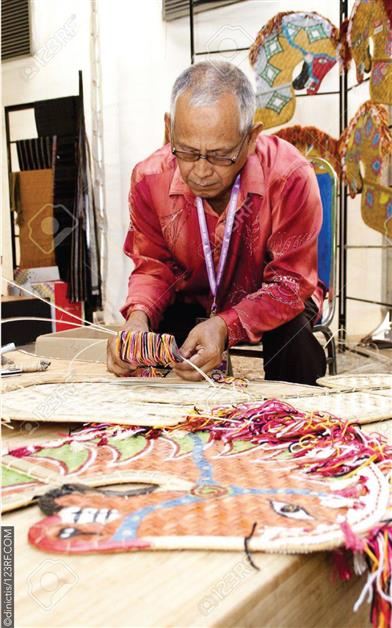The difference between divination and the divine is a fine one.
South-East Asia is a region with strong beliefs in the spirit world, blending modern rationality and traditional knowledge. There is great reciprocity between the seen and the unseen – from spells to win back an errant lover to communing with the spirits, raising crops, curing illnesses and cursing enemies, magic is everyday practice for some of its polyglot inhabitants.

In Myanmar, during British colonial rule, magic practices were rather political: many Burmese used a “weizza”, a semi-immortal supernatural figure in Buddhism, to fight their oppressors. Most of these were however disbanded by the generals who seized power in 1962.
The Malay world constitutes southern South-East Asia. It is an expansive region that territorially stretches over what we know as Austronesia and extends to Easter Island in the east and Madagascar in the west. The use of magic was rooted in Malay society long before the arrival of Islam. Even after Islam entered the Malay cultural and social sphere, existing mystical practices were not eradicated but were instead assimilated into religious practices. In turn, Islamic elements were sporadically incorporated into the Malay spirit world.






